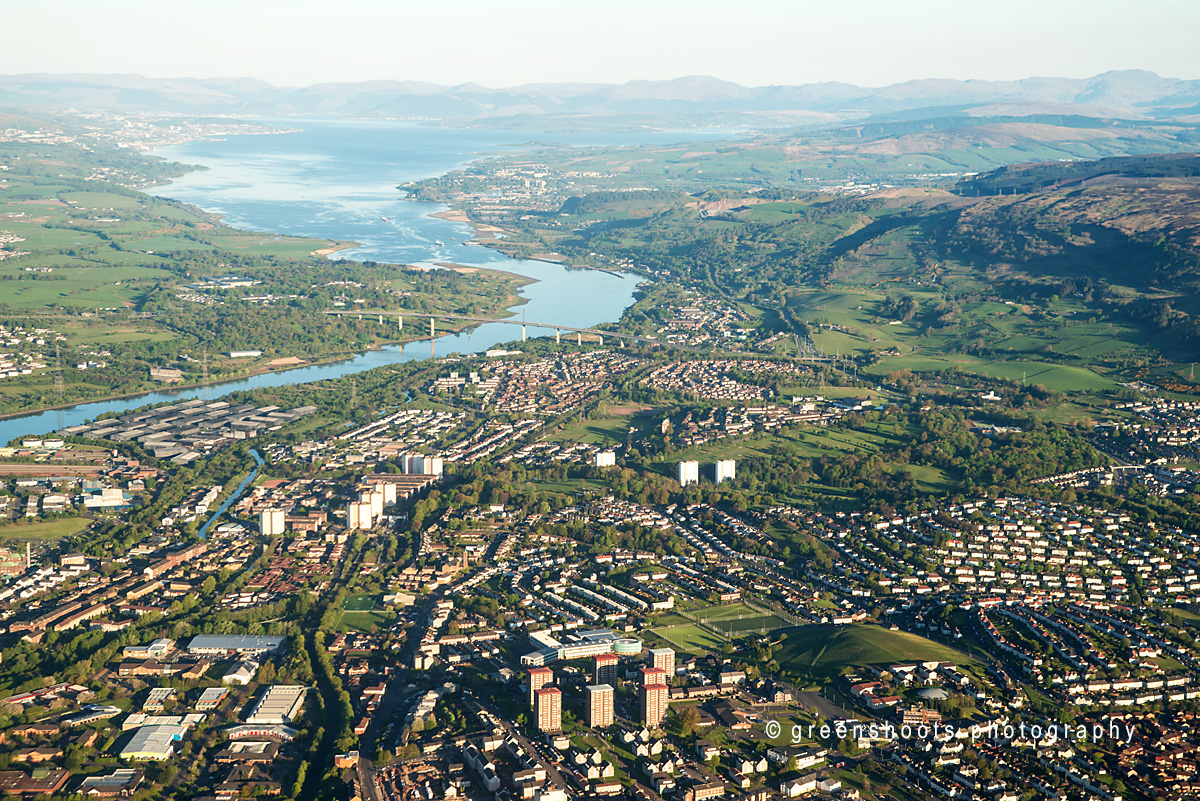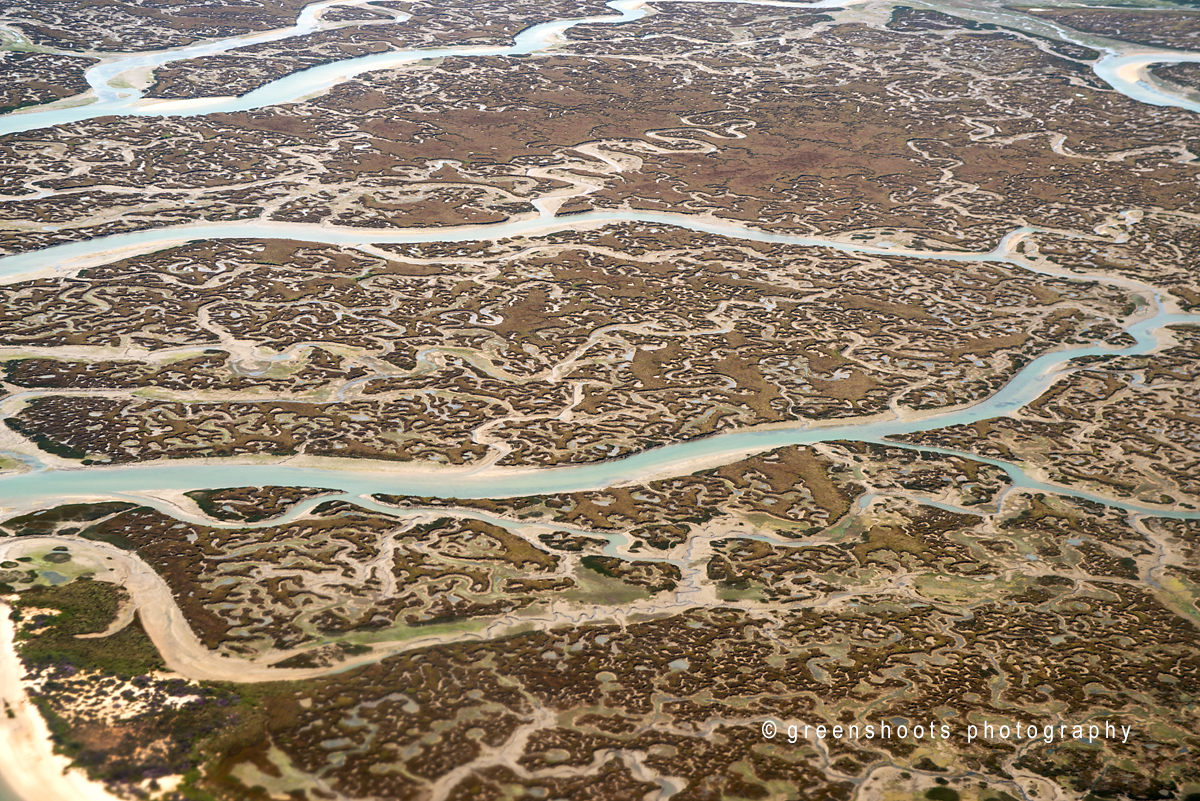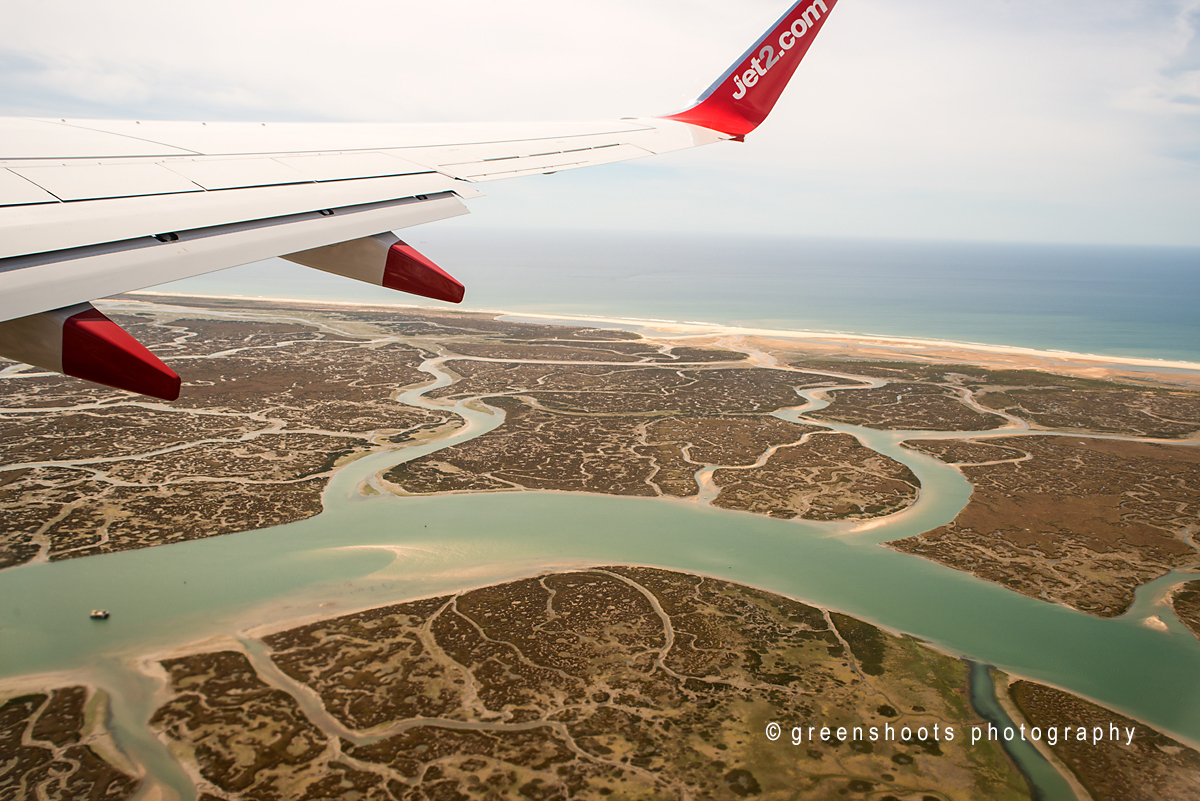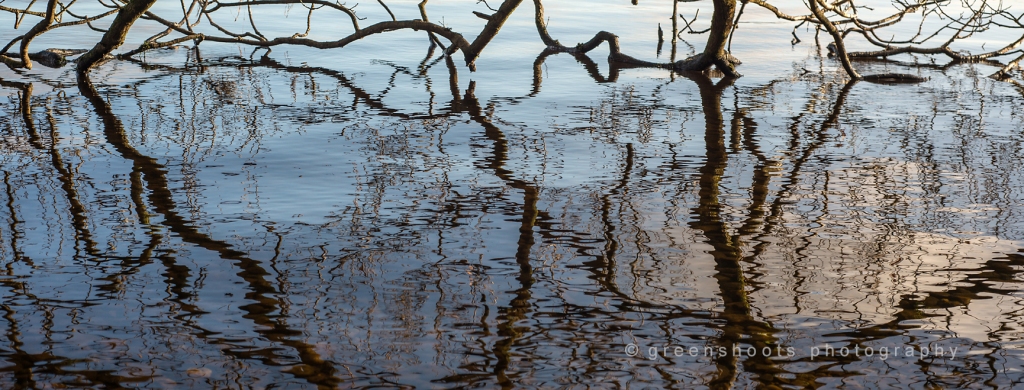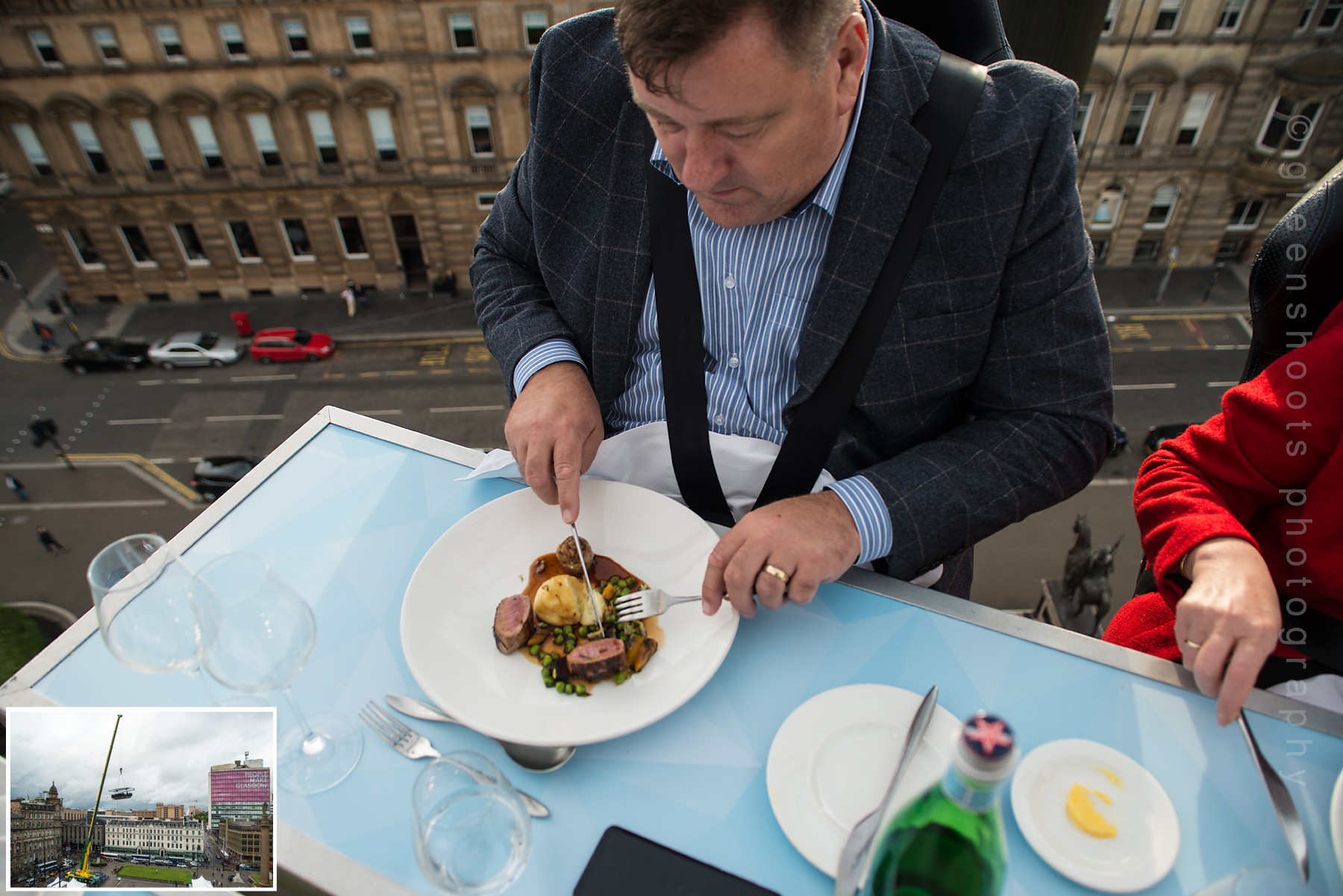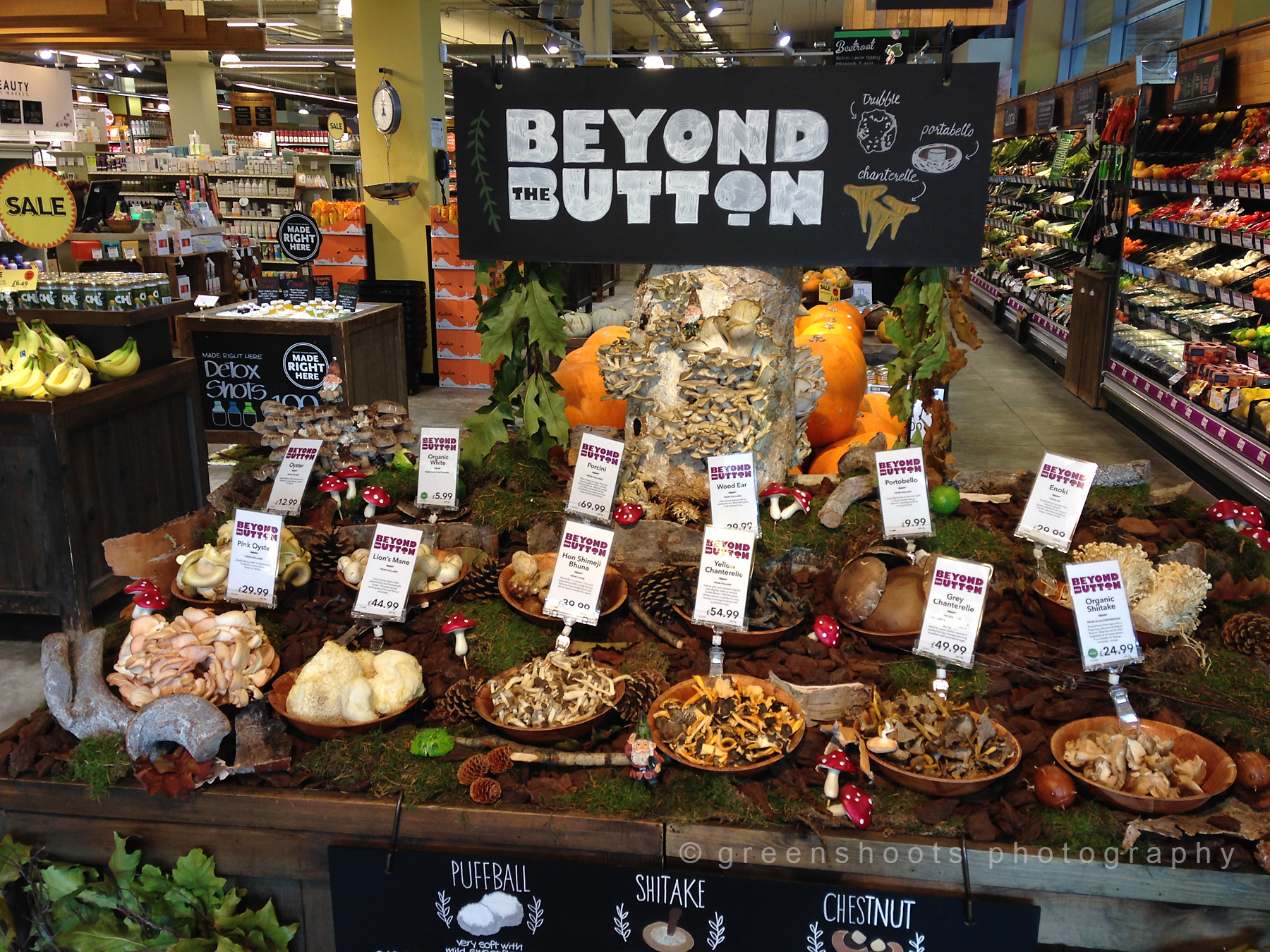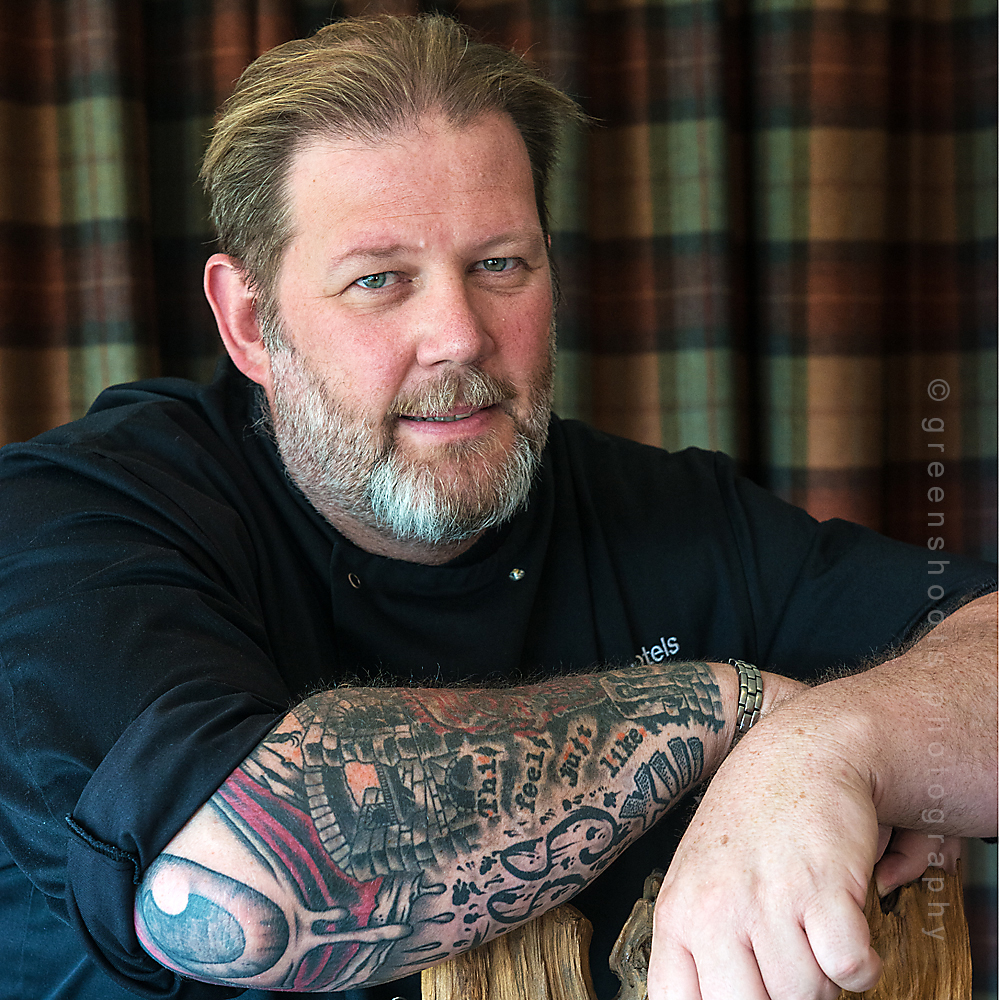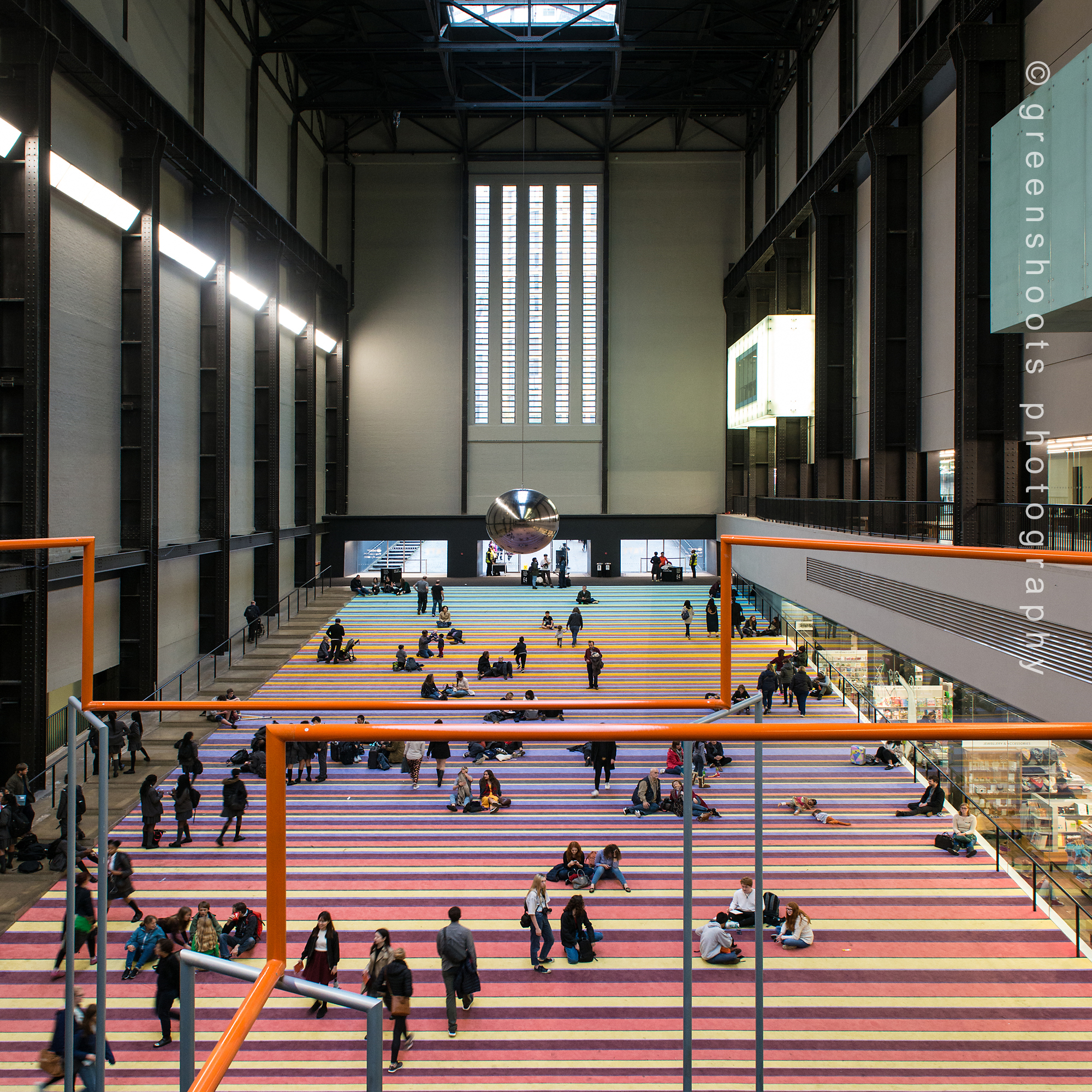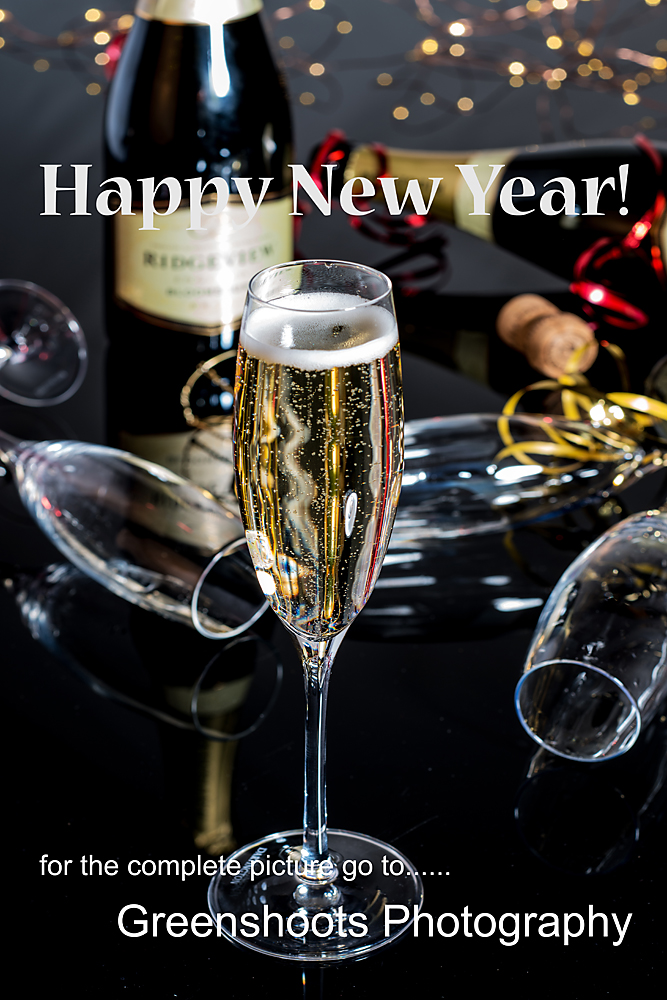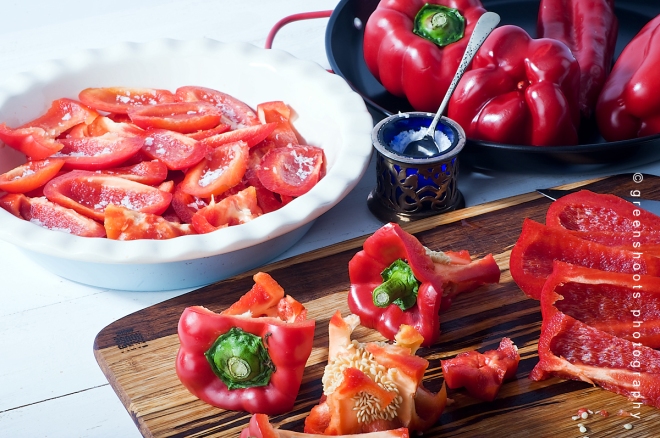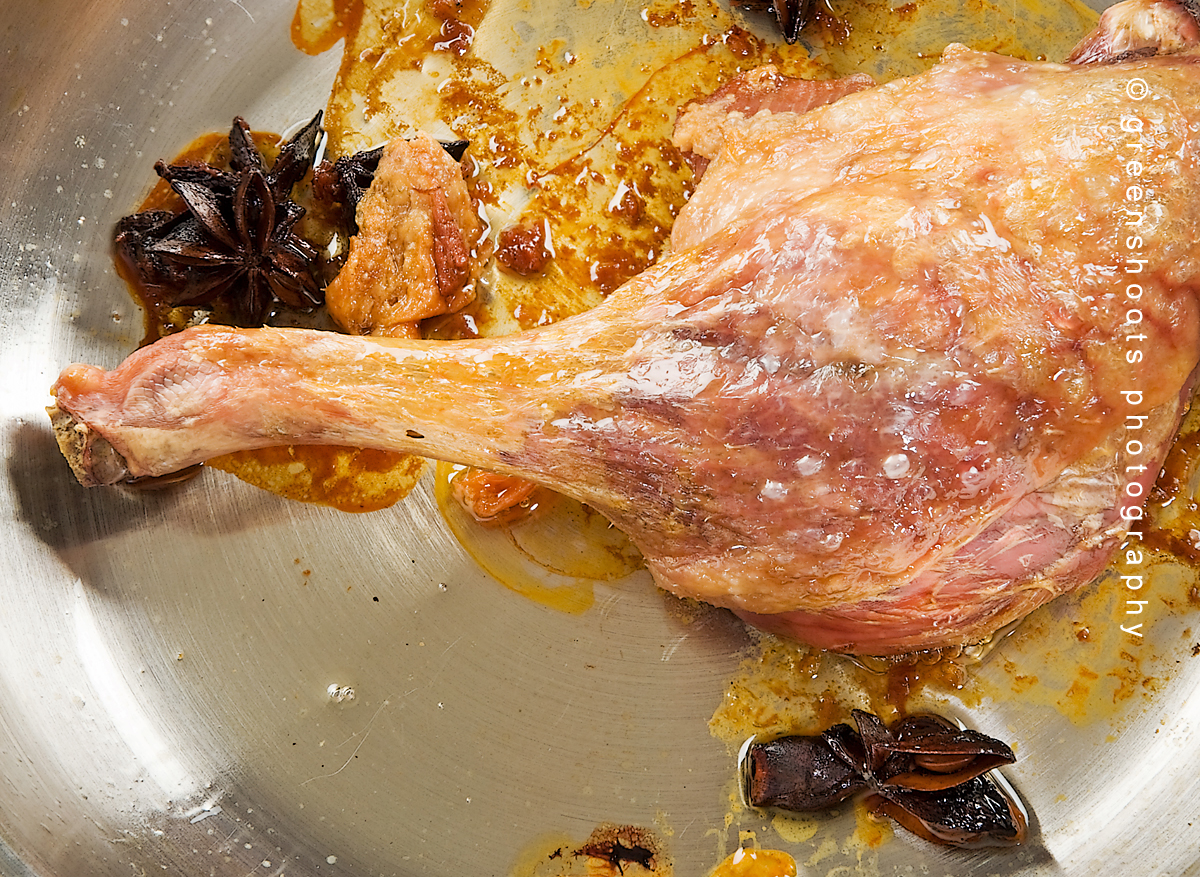This recipe was inspired by Nigel Slater’s recipes “Poor Man’s Potatoes” and “Chorizo and Potatoes”(p. 113 & p. 299 respectively in Eat, Nigel Slater, publ. Fourth Estate, 2013) but it has taken on a decidedly Spanish twist not only in its flavours but with its vibrant colours. The combination of chorizo, olives (albeit Greek Style dried olives), sherry and fresh herbs all combine to make a simple but very tasty dish.
Ingredients
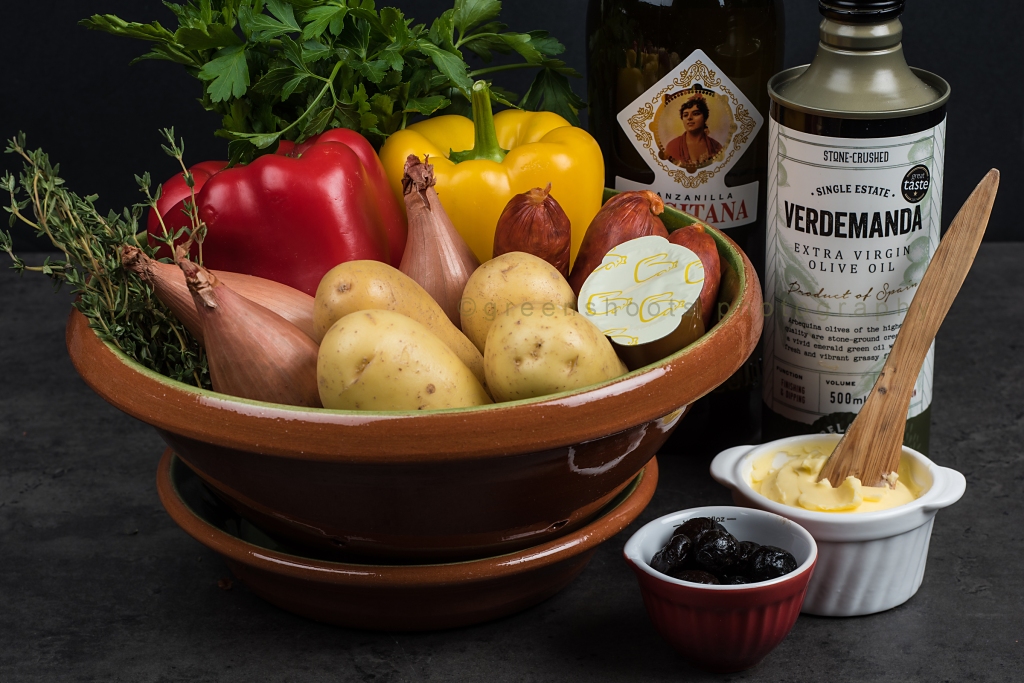
- Potatoes – small new potatoes work well but my all time favourite are Charlotte potatoes
- Echalion shallots (banana shallots)
- Chorizo – use either dried not forgetting to first remove the skin, or fresh cooking chorizo, still in its skin or things are likely to get messy!
- Red & yellow bell peppers
- Greek style black olives – Crespo brand if possible
- Sherry – a Manzanilla works well here as would any dry sherry but I would stay away from the heavier dark coloured Sherries as their flavours are likely to dominate.
- Olive oil – extra virgin of course.
- Butter – salted is my go to but the olives add so much salt you will never notice if your butter is salted or not.
- Chicken stock – I cheat and use Knorr Chicken stock pots, Smash the gel up before adding boiling water, it resuspends more easily that way.
- Thyme
- Flat leaf parsley
- Black pepper– freshly ground
Method
Usually I am an advocate of doing as much of my prep as possible before starting to cook but in this instance and at my level of expertise (not great!) I find that the timing between each step is just right; you even have time to clear up as you go!
The recipe makes one large portion but is readily scaled up
- Heat about a tablespoon of butter and another of olive oil in a lidded sauté pan (lid removed) over a medium high heat.
- Wash, dry with paper towel and slice the potatoes into bite sized pieces before placing in the pan.
- Peel the shallots and add to the pan turning the potatoes as they begin to brown.
- Turn the heat down to medium and add the chorizo. Cook for 5 to 10 minutes occasionally carefully mixing the contents of the pan with a spatula until the chorizo has released some of its oil.
- Meanwhile prep the chicken stock and cut the peppers into large chunks before adding the peppers, olives and a couple of sprigs of thyme to the pan. Leave to cook uncovered for a further 5 minutes before deglazing the pan with a glass of sherry.
- Once all of the alcohol from the sherry has evaporated add the hot stock to the pan adding just enough so that the stock comes about half way up the potatoes.
- Bring to a boil then cover and turn the heat down to low and simmer for 20 minutes after which continue to cook for a further 20 to 30 minutes in order to reduce the liquid in the pan and create a wonderfully rich tasty sauce. Stir occasionally so as to ensure none of the vegetables become dried out.
- Season if required but given the saltiness of the olives and the spiciness of the chorizo I usually find that this is not necessary.
- Top with freshly chopped parsley if using and serve onto a warm simple white plate perhaps together with a chunk of bread to mop up any remaining sauce.
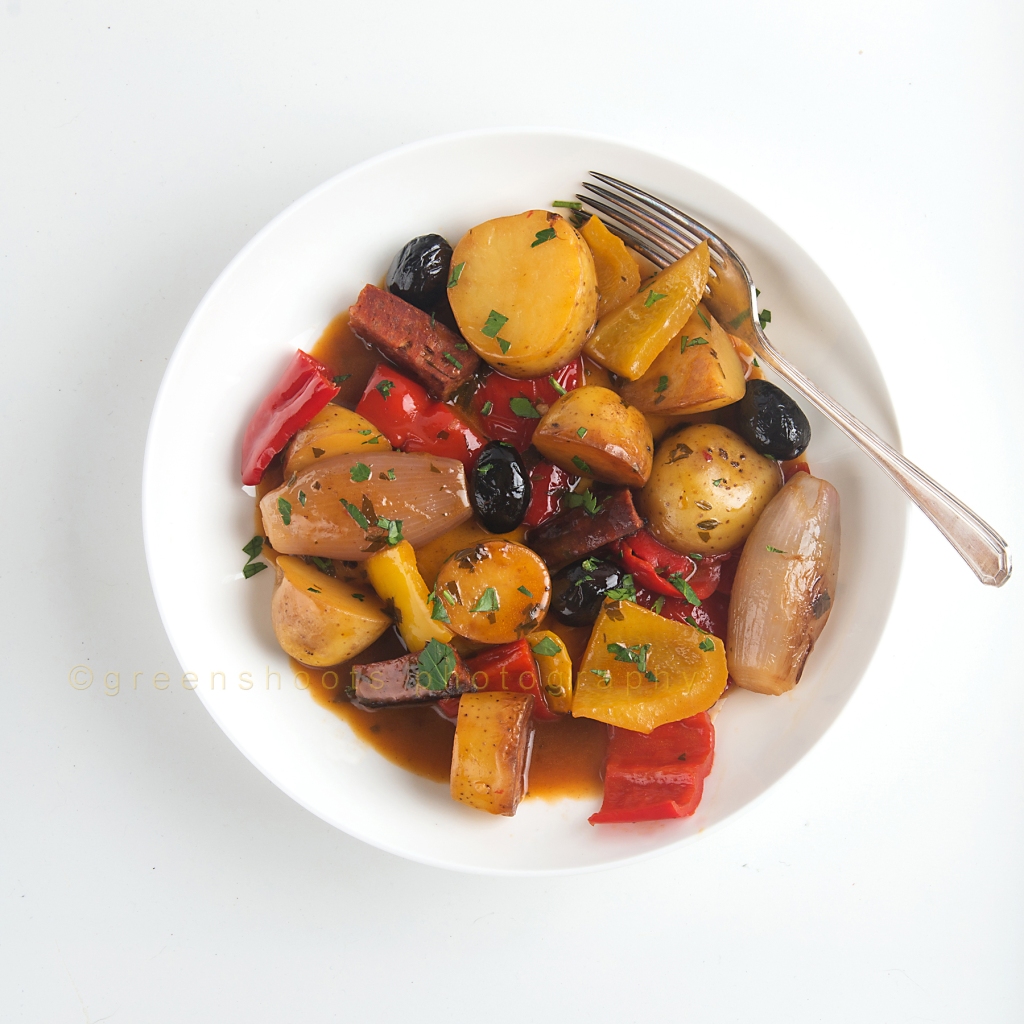

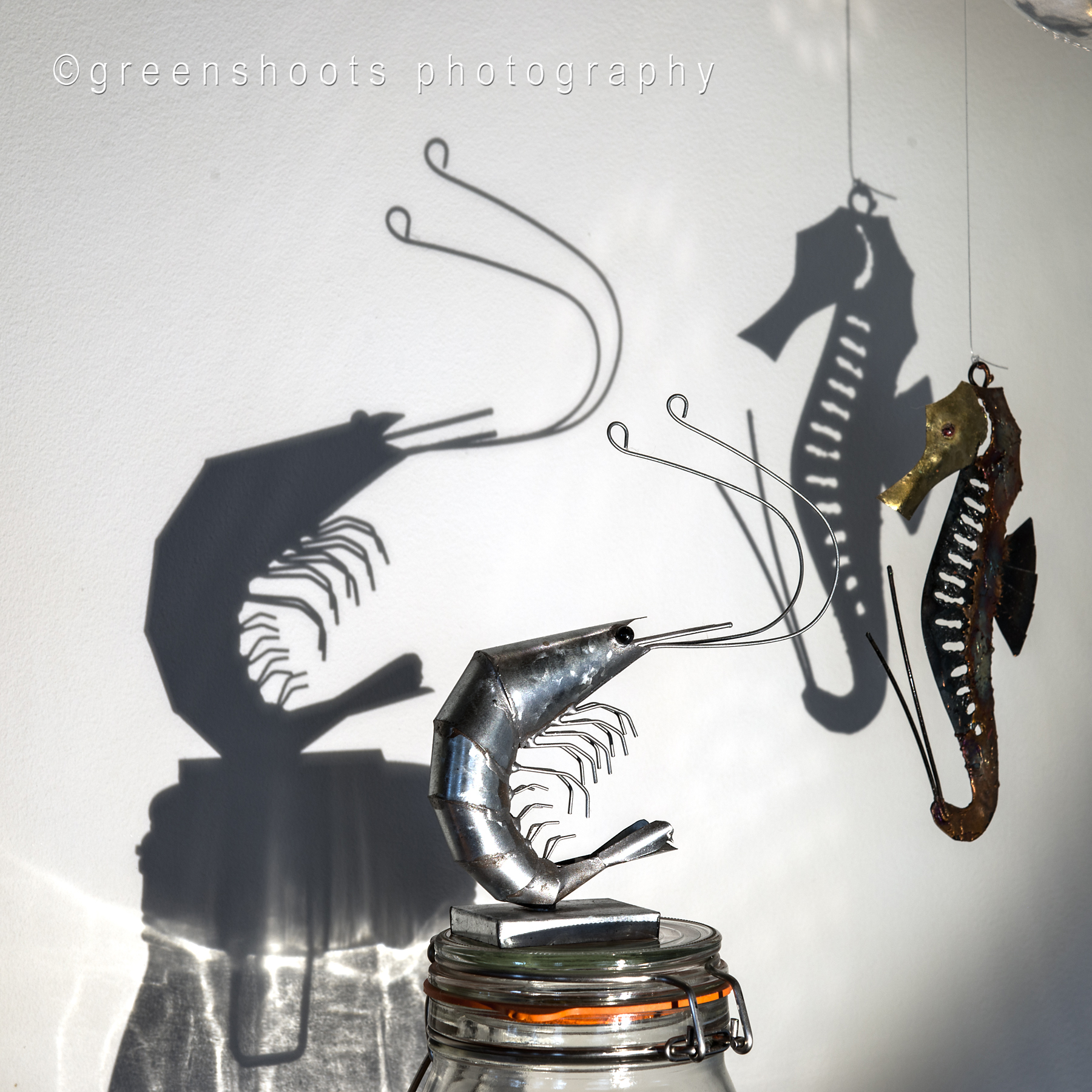




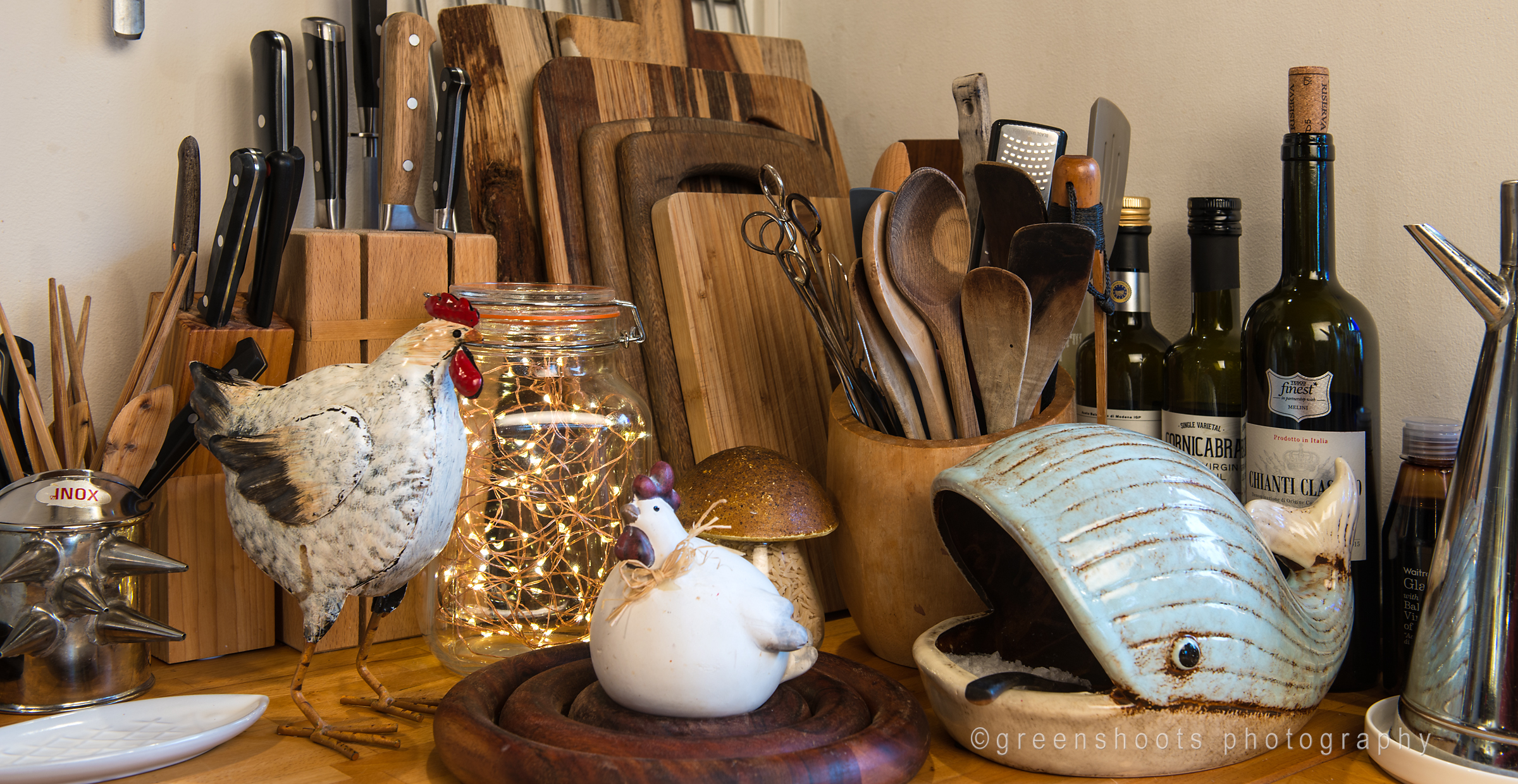
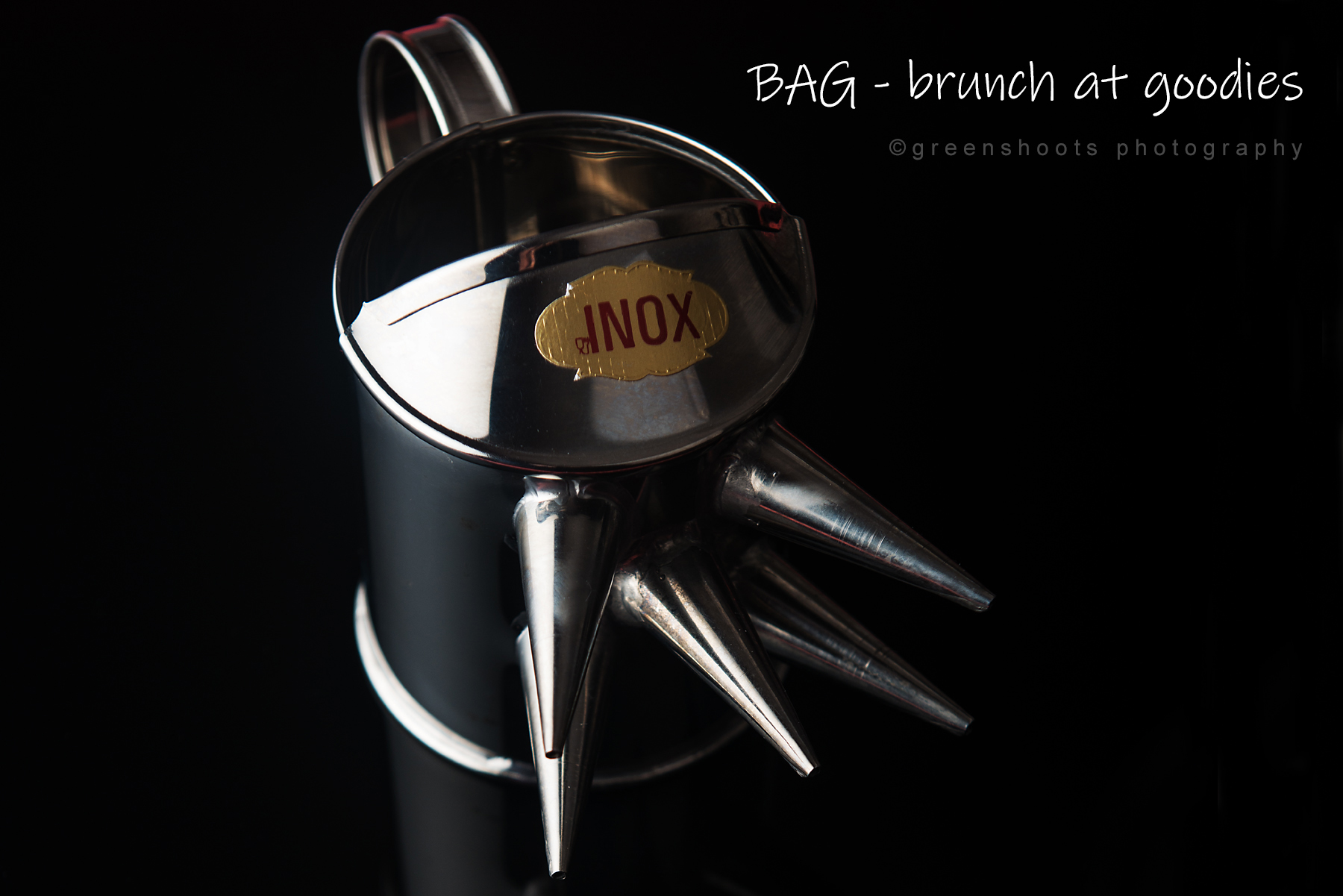
 Beaten eggs yolks are put in the can and poured into a hot sugar solution to create fine threads of egg called fios de ovos. Apparently the pouring technique is an acquired skill! Thanks to Portugal’s colonial history fios de ovos is found in many other parts of the world including Japan (keiran somen), Cambodia (vawee), India (muttamala), Thailand (foi thong), Spain (huevo hilado) and elsewhere, when is often simply called angel hair.
Beaten eggs yolks are put in the can and poured into a hot sugar solution to create fine threads of egg called fios de ovos. Apparently the pouring technique is an acquired skill! Thanks to Portugal’s colonial history fios de ovos is found in many other parts of the world including Japan (keiran somen), Cambodia (vawee), India (muttamala), Thailand (foi thong), Spain (huevo hilado) and elsewhere, when is often simply called angel hair.
